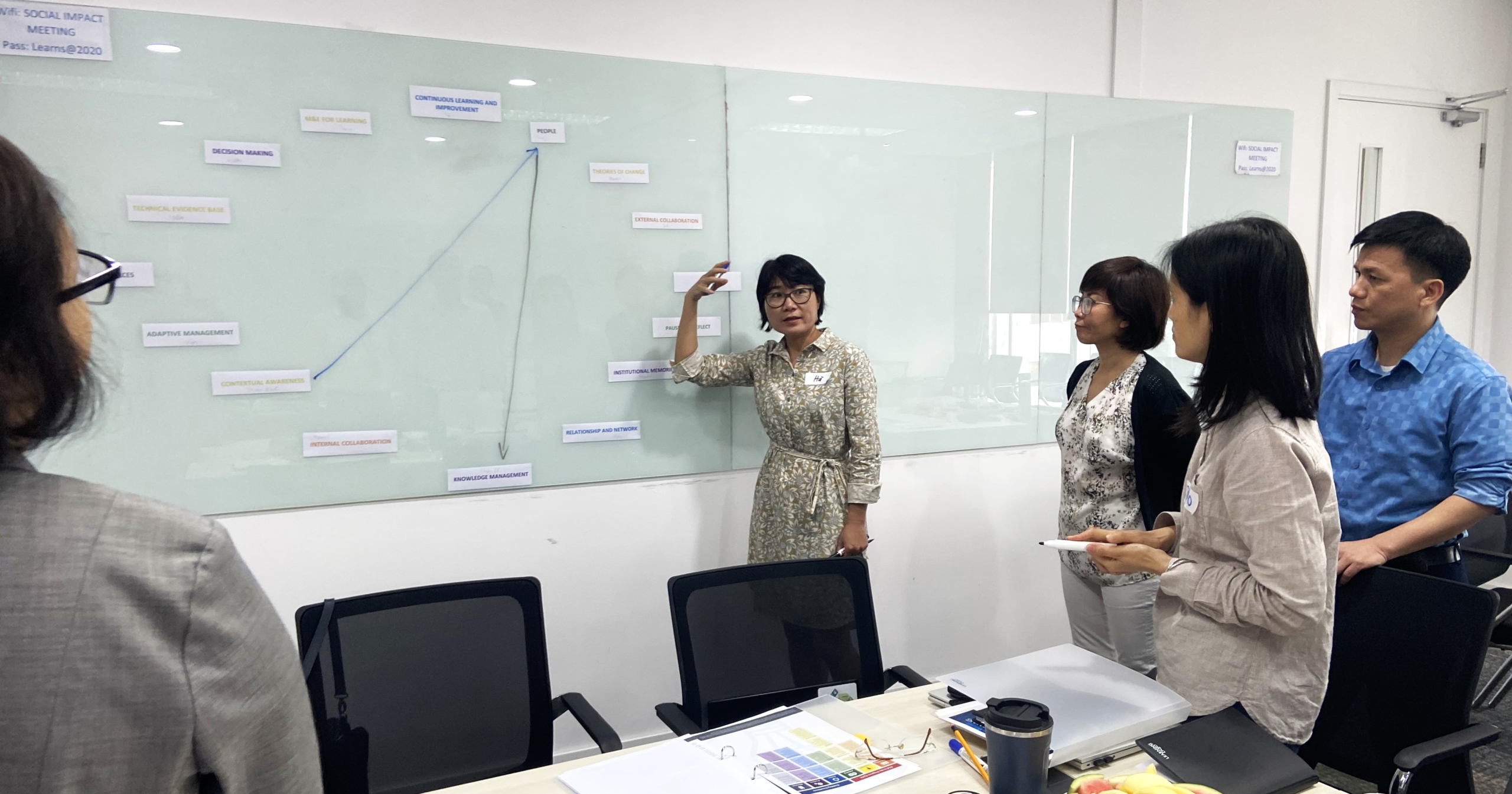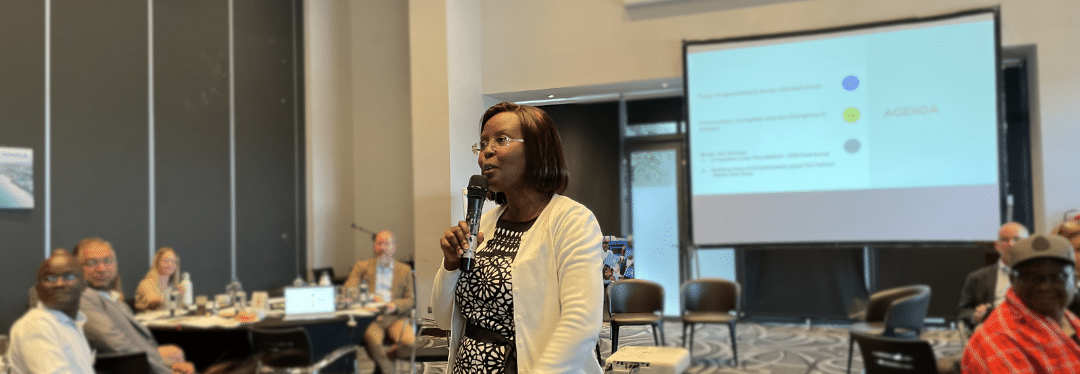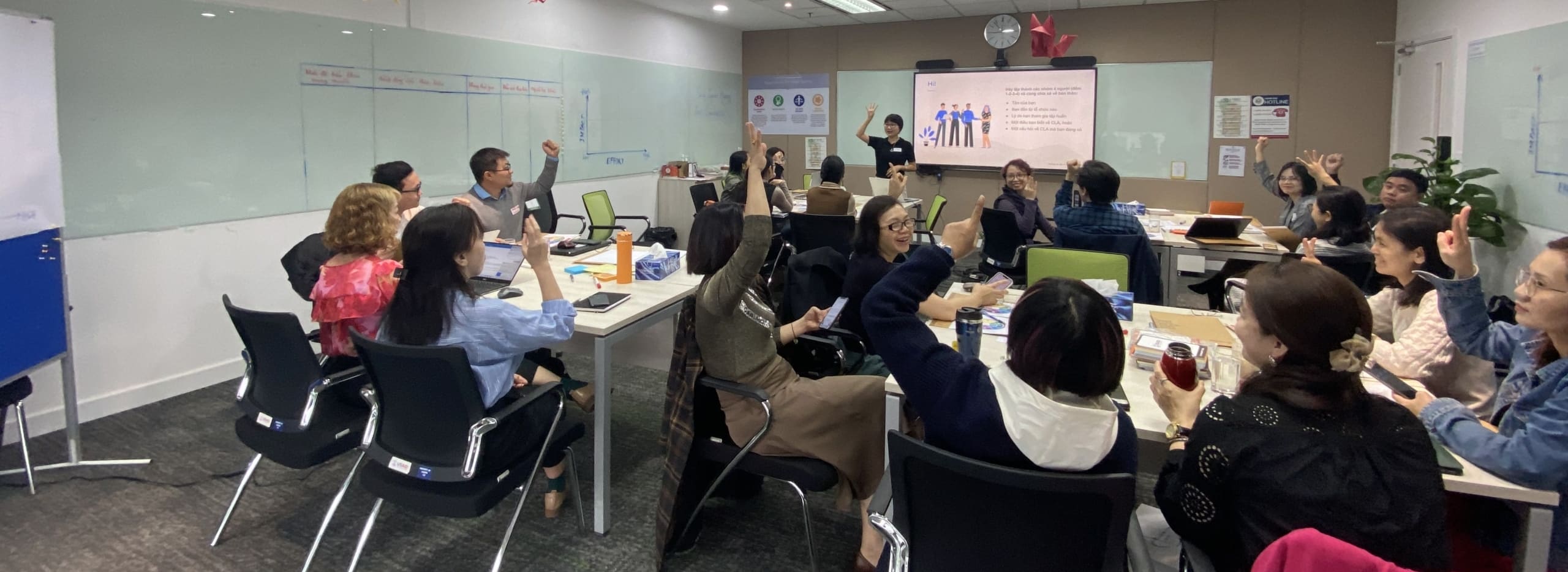As a first-time attendee at this year’s American Evaluation Association conference, I was eager to get my feet wet and hear how US-based evaluation practitioners are approaching evaluative work in various professional settings. There is something about stepping back into the role of a student and creating the space to learn from the experiences of others that invigorates you.
Throughout the five days, I was challenged, validated, overwhelmed, but most of all, inspired. Especially as evaluators, we should embody our praxis – the cycle of reflection and action – to continuously rethink how we do what we do. Hearing our thought leaders be honest about evaluation failures – from Michael Quinn Patton to Stephanie Evergreen – was a startling reminder that we all have moments where we fall flat on our face. And those moments continue, even with more experience and wisdom. If you want to hear a song about it, check out Michael Quinn Patton’s masterpiece.
While we keep that honesty in the back of our minds, we should push ourselves to be better. Utilization is at the forefront of Social Impact’s mission. I remind myself that, through our five-year Monitoring, Evaluating, and Learning contract with USAID in Liberia, I am being paid to be thoughtful about this! There’s no excuse to simply go through the motions. How do we improve evidence-based decision making in this context? After AEA, my notebook is filled with actionable ideas to improve how our audience uses data to improve the effectiveness of their work. Kylie Hutchinson is a pro at breaking that process down – even with how she shares her resources. Check out her Pinterest page with resourceful boards that can swoop in and save your day no matter which evaluation phase has you stuck.
My favorite takeaway was on better report writing – something we all know we can improve. Kylie uses an analogy of a burger to drive home the point of layering, encouraging you to structure your evaluation products in a way that lets people “eat” as much or as little as they want, or in other words, delve as deep as they want but still be able to remember three key points about the evaluation. I went back to my hotel room, slashed that dry executive summary I planned to submit to my client, and replaced it with an infographic that distilled the report into those key messages that I hoped decision-makers would remember days or weeks after reading the report. It’s easy to get caught up in all that data we put so much effort into collecting and crafting into 30+ pages of narrative. But then step back and pretend you only have five minutes to present this to a board of executives. What would you say?
During my own presentation, I discussed with the audience how we are helping donors use data to tackle the biggest development issues faced by Liberia jointly with with the new government administration. The audience’s discussion challenged all of us to speak truth to corruption – but in a way that seeks to understand the systems and basic needs out of which perceived corruption stems. There is more to uptake of evaluation results than good data. We must move beyond the results and understand the dynamics our recommendation would and could play into. So as with everything in life, AEA reminded me about importance of balance – in this case, the balance between presenting accurate and nuanced data but not overwhelming the audience with gems buried deep inside the dirt.
*****
Authored by Carla Trippe, Senior Evaluation Advisor, Social Impact Liberia.
More than a dozen SI staff participated in the AEA conference this year, you can find out more here.









